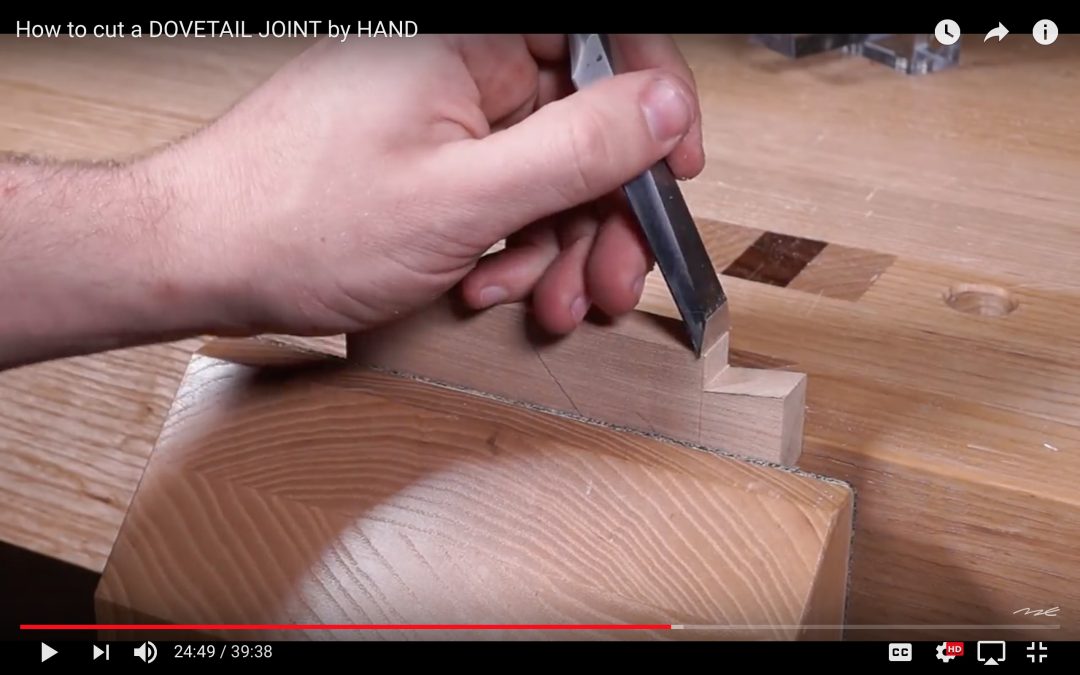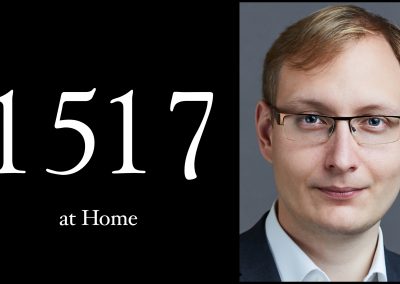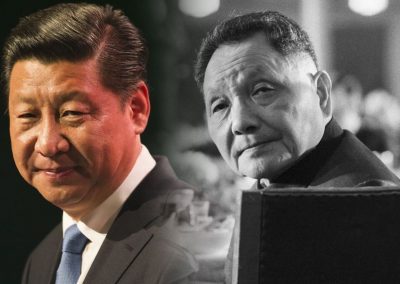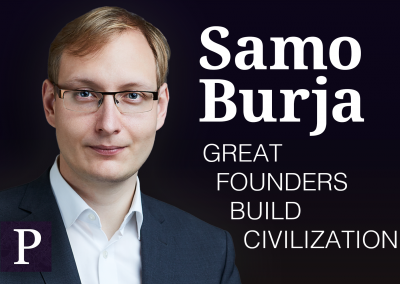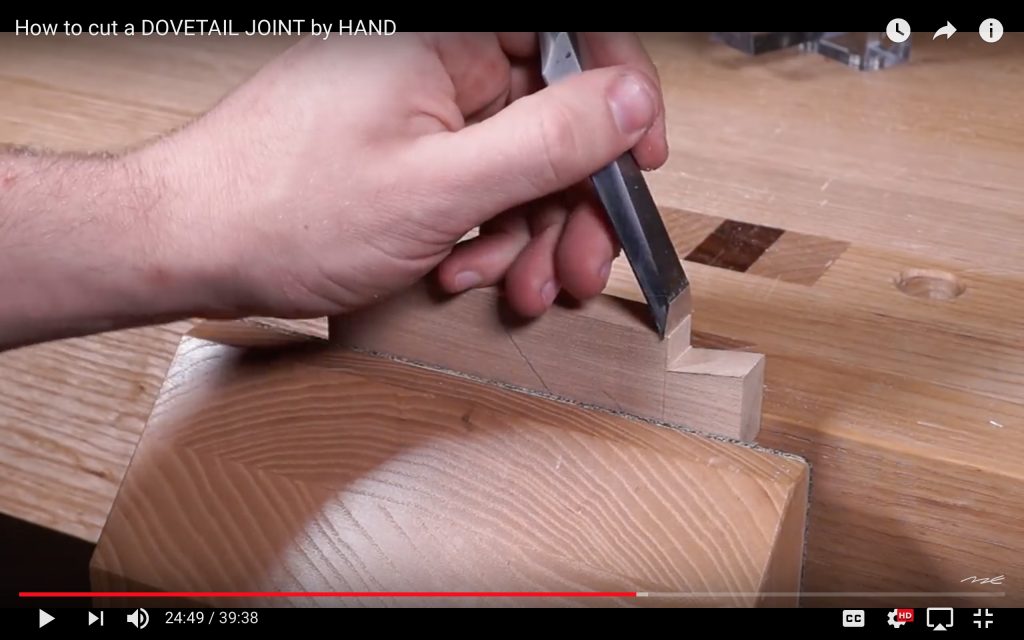
The YouTube Revolution in Knowledge Transfer
Growing up as an aspiring javelin thrower in Kenya, the young Julius Yego was unable to find a coach: in a country where runners command the most prestige, mentorship was practically nonexistent. Determined to succeed, he instead watched YouTube recordings of Norwegian Olympic javelin thrower Andreas Thorkildsen, taking detailed notes and attempting to imitate the fine details of his movements. Yego went on to win gold in the 2015 World Championships in Beijing, silver in the 2016 Rio de Janeiro Olympics, and holds the 3rd-longest javelin throw on world record. He acquired a coach only six months before he competed in the 2012 London Olympics — over a decade after he started practicing.
Yego’s rise was enabled by YouTube. Yet since its founding, popular consensus has been that the video service is making people dumber. Indeed, modern video media may shorten attention spans and distract from longer-form means of communication, such as written articles or books. But critically overlooked is its unlocking a form of mass-scale tacit knowledge transmission which is historically unprecedented, facilitating the preservation and spread of knowledge that might otherwise have been lost.
Tacit knowledge is knowledge that can’t properly be transmitted via verbal or written instruction, like the ability to create great art or assess a startup. This tacit knowledge is a form of intellectual dark matter, pervading society in a million ways, some of them trivial, some of them vital. Examples include woodworking, metalworking, housekeeping, cooking, dancing, amateur public speaking, assembly line oversight, rapid problem-solving, and heart surgery.
Before video became available at scale, tacit knowledge had to be transmitted in person, so that the learner could closely observe the knowledge in action and learn in real time — skilled metalworking, for example, is impossible to teach from a textbook. Because of this intensely local nature, it presents a uniquely strong succession problem: if a master woodworker fails to transmit his tacit knowledge to the few apprentices in his shop, the knowledge is lost forever, even if he’s written books about it. Further, tacit knowledge serves as an obstacle to centralization, as its local transmission provides an advantage for decentralized players that can’t be replicated by a central authority. The center cannot appropriate what it cannot access: there will never be a state monopoly on plumbing or dentistry, for example.
Some will object that tacit knowledge acquisition must be possible without close observation of a skilled practitioner; otherwise we would never see skilled autodidacts. It’s true that some are able to acquire tacit knowledge by directly interacting with the object of mastery and figuring out things on their own, but this is very difficult. True autodidacts who can invent their own techniques are rare, but many can learn by watching and imitating.
The scarcity of people who can truly learn from what they’re given is why the massive open online courses of the early 2010s didn’t work out, with 95% of enrolled students failing to complete even a single course, and year-on-year student retention rates below 10%. Learners who wish to acquire tacit knowledge, but who are unable to figure things out on their own, are therefore limited by their access to personal observation of skilled people.
Massively available video recordings of practitioners in action change this entirely. Through these videos, learners can now partially replicate the master-apprentice relationship, opening up skill domains and economic niches that were previously cordoned off by personal access. These new points of access range from the specialized trades, where electricians illustrate how to use multimeters and how to assess breaker boxes, to less specialized domestic activities, where a novice can learn basic knife-handling techniques from an expert. YouTube reports that searches in the “how-to” category has grown 70% year-on-year.
This ability to transmit visually apparent tacit knowledge at scale has only recently become technically possible as a result of the convergence of four factors:
- Quality digital cameras have become cheap enough for mass use. This happened due to incremental technological advancements, as well as the economies of scale, driven by mass consumer demand. It is still expensive to buy a camera good enough to record video that is pleasant to watch, but it is not expensive to buy a camera that provides enough information for us to track natural facial movement and fine hand gestures. The availability of such cameras distributes the means of documenting activity to all the nooks and crannies of society that might store tacit knowledge.
- Mass broadband internet access. It allows us to watch recorded video on demand at sufficient quality.
- Search engines. Only a tiny fraction of the great mass of video content produced and consumed due to (1) and (2) is of value. Imagine a society that has digital cameras and mass broadband internet access available, but no way to search through the videos. Somewhere in there might be exactly what you need, but if all you did was replace the cost of finding someone in your social circles with the cost of finding a needle in a digital haystack, the economics of transmitting such knowledge wouldn’t have improved.
- Ubiquity of portable screens. TV sets of the previous century were not very portable and usually needed an entire room dedicated to comfortable content consumption. This is not the case with smartphones, which have displaced and fragmented television hours by a similar number of portable screen watching hours.
All of these factors come together in YouTube, where people upload their digital videos to the internet on a viewing platform that allows for easy search and content aggregation — all on a massive scale.
Early results of this knowledge-transfer revolution are easy to find, like an explosion of at-home science in domains such as dermatology. Such efforts combat industries with incentives to advertise pseudoscience to consumers.
Can this growing corpus reshape knowledge inside established institutions as well? Take academic science, for example. The ongoing replication crisis is after all partially the consequence of the questionable assumption that every procedure and observation can be expressed in exact scientific writing. What if the scientific literature shifted its balance much more towards visual documentation?
The unflinching eye of the camera captures what experimental scientists might not know that they know, opening a window to distant collaborators. Through this mutual transparency, we can create a truly open science, going beyond current methods like preregistration and the sharing of source code and original data sets.
JoVE, a peer-reviewed video journal, is the only effort of this kind I’m aware of. They record and make available online tacit knowledge from universities and laboratories across the world. They have been collecting such material since December 2006, making it almost as old as YouTube. While maintaining and using their own player might have made sense in their early days, they would today probably be better off migrating to YouTube.
Who today would argue that YouTube will one day be evaluated in the same category as the printing press or the telegraph? It is quite possible it will be.

